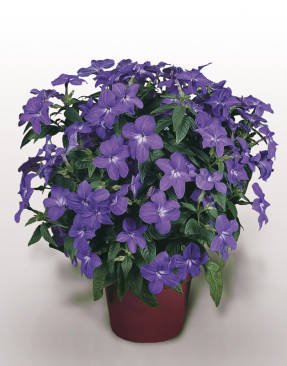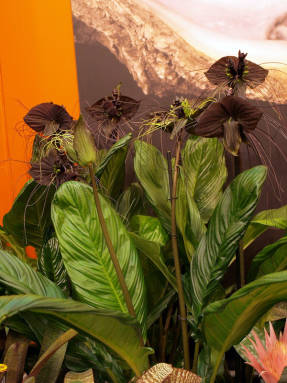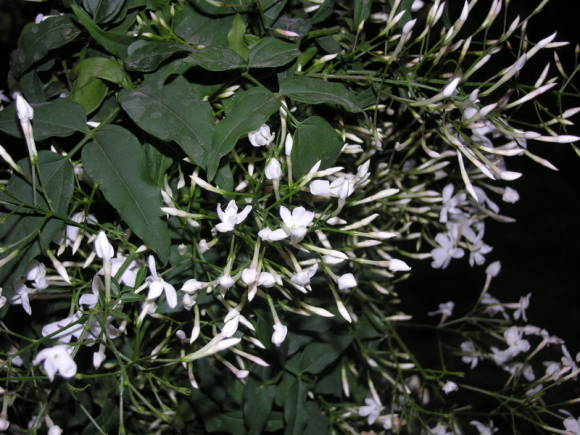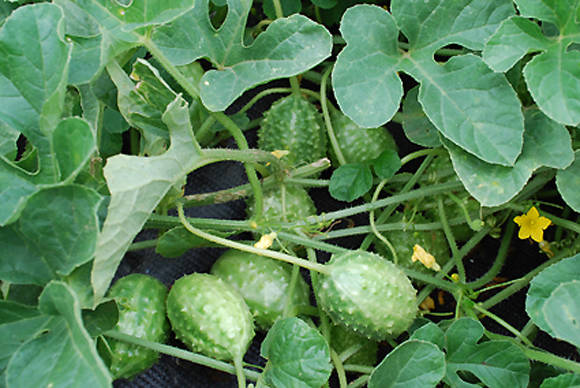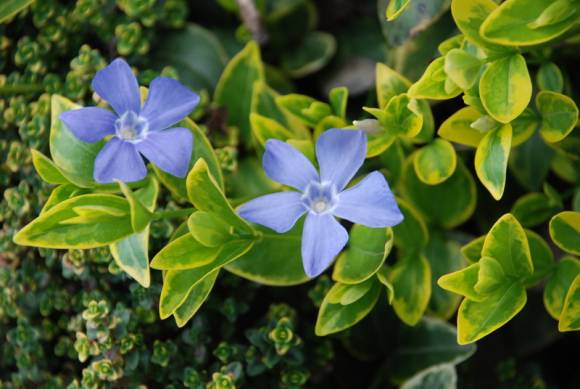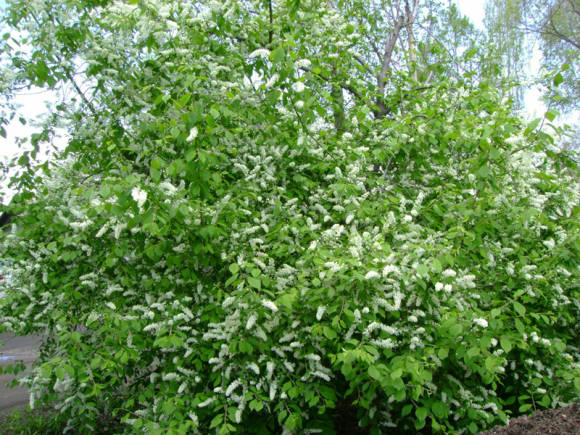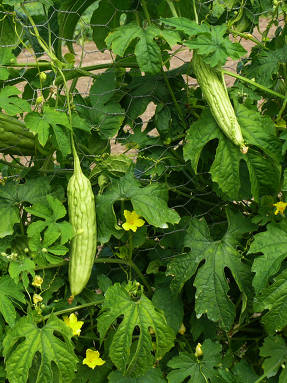Author: Shcherbakov A.N.,
KBN, Researcher, Department of Ecology and Forest Protection, Moscow State University ForestsThe last two years in the spruce forests of the Moscow region and many other regions, where spruce is the dominant species, there has been a rapid increase in the number of the most dangerous pest of spruce - the typographer's bark beetle. In 2010, during a period of drought and fires, it reached almost its peak population in three months. With such a number, this pest is able to colonize healthy trees and lead them to death.
 |  |
In the vast territories of Podolsky, Odintsovsky, Zvenigorodsky and many other districts of the Moscow region, there are numerous clumps of dried large spruces. The reason for their death was damage to trees by a bark beetle by a typographer. The rise in the number of this dangerous pest began after the 2009 hurricanes. The fallen trees were not removed in time and, as a result, began to be massively populated by stem pests, mainly by the bark beetle by the typographer. The summer drought of 2010-2011 caused a weakening of spruce forests, and this has already led to the colonization of growing living trees and a further increase in the number of the pest. In some areas, the death of spruce trees reached 70–80% of the allotment area, and the oldest trees (60–80 years old and older) were populated. Young trees suffered less.

At present, vast areas of spruce forests are under the threat of being damaged by the bark beetle by the typographer. Despite the Federal Control Program for this pest, the outbreak of mass breeding continues and is still close to peak values. A special problem is presented by forest tracts allotted for individual development and leased out. These territories remain outside the area of attention of state structures that exercise control over the forest pathological situation in the forests. However, in these areas, mass drying of trees is most often observed. In subsequent years, they can be reserves of pests, from where their further dispersal will take place. This is facilitated by a number of factors:
- as a result of thinning the canopy, the light regime of the trees changes significantly. Old spruce trees do not tolerate such drastic changes and this leads to their weakening;
- as a result of construction work, the water regime of plants that has developed in the forest area for many decades often changes, and this also weakens the trees;
- the recreational load leads to overconsolidation of the soil and a change in the air and water regime of the functioning of the root system of trees.
All this leads to a significant weakening of the viability of trees, and it is precisely such forest areas that will primarily be populated by various stem pests.

Such territories need not only protective measures, but also certain work to restore the viability of weakened trees, which will increase the likelihood of their survival.
The flight of the bark beetle - the typographer (the time when the beetles inhabit the trees) begins at the beginning of May, so all primary measures to combat this pest must be timed to this period. Most often, there are two peaks of flight with a high number of beetles: the first falls on the period from early May to early June, the second - from mid-July to mid-August (departure dates may shift depending on weather conditions), therefore, work on the protection of fir trees is carried out in accordance with with pest flight peaks. Between these periods, there may be an intermediate wave of flight of the bark beetle (such a situation was observed in 2011).

The priority works to protect forest areas from the typographer's bark beetle include:
- forest pathological examination;
- protection of trees before the beginning of the mass flight of the pest (treatment of trees with drugs Taran, Talstar and its analogue Clipper);
- measures for the destruction of beetles during their flight;
- pest monitoring in the protected area;
- removal of freshly populated trees before the pest begins to emerge. (If inhabited trees are cut down, they should not be left with bark on the site. It is necessary to remove the bark from the trees and destroy it together with bark beetles and their larvae. Removing trunks with live pests does not improve the overall situation in the forests).
When carrying out work to combat the bark beetle, the typographer should not be limited only to protective measures. Together with them, work should be carried out to increase the stability of weakened plantings. These may include applying stimulant treatments to trees, fertilizing with mineral fertilizers, and, where possible, organizing additional watering of trees in case of prolonged dry periods.

Photo by authors
